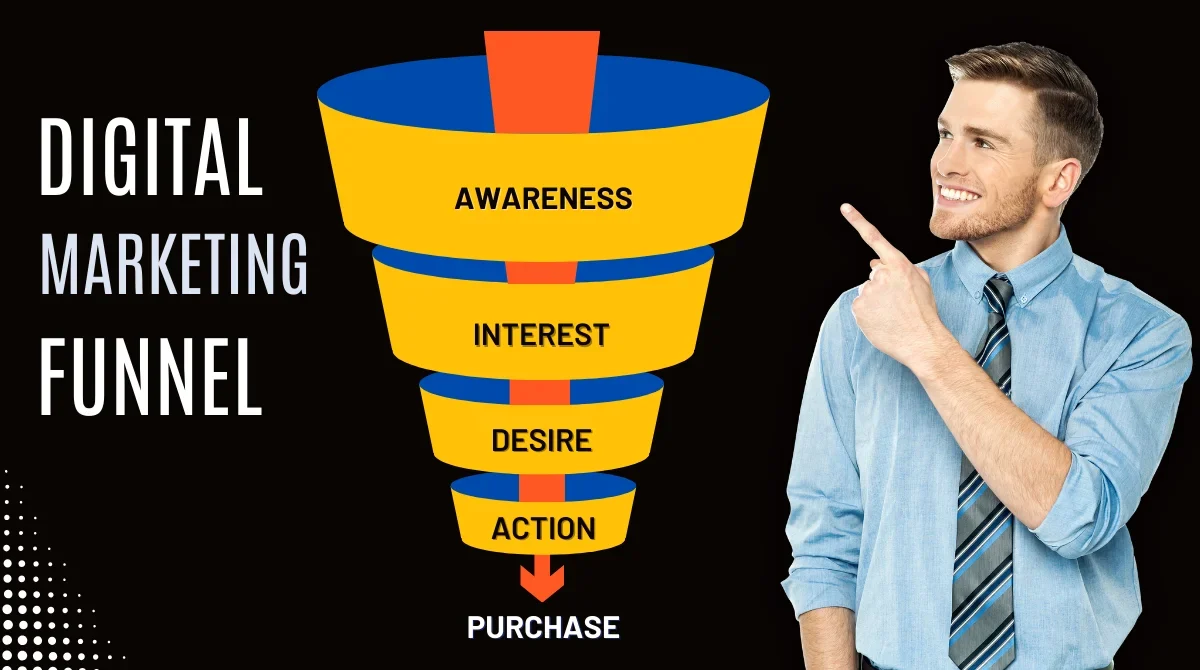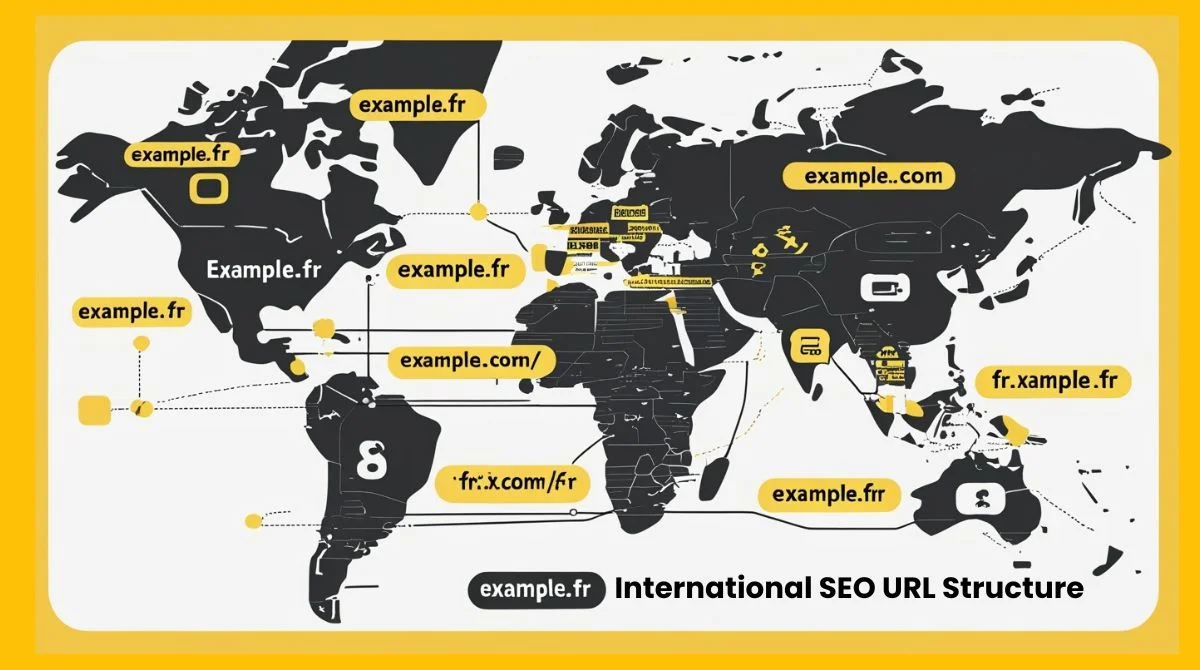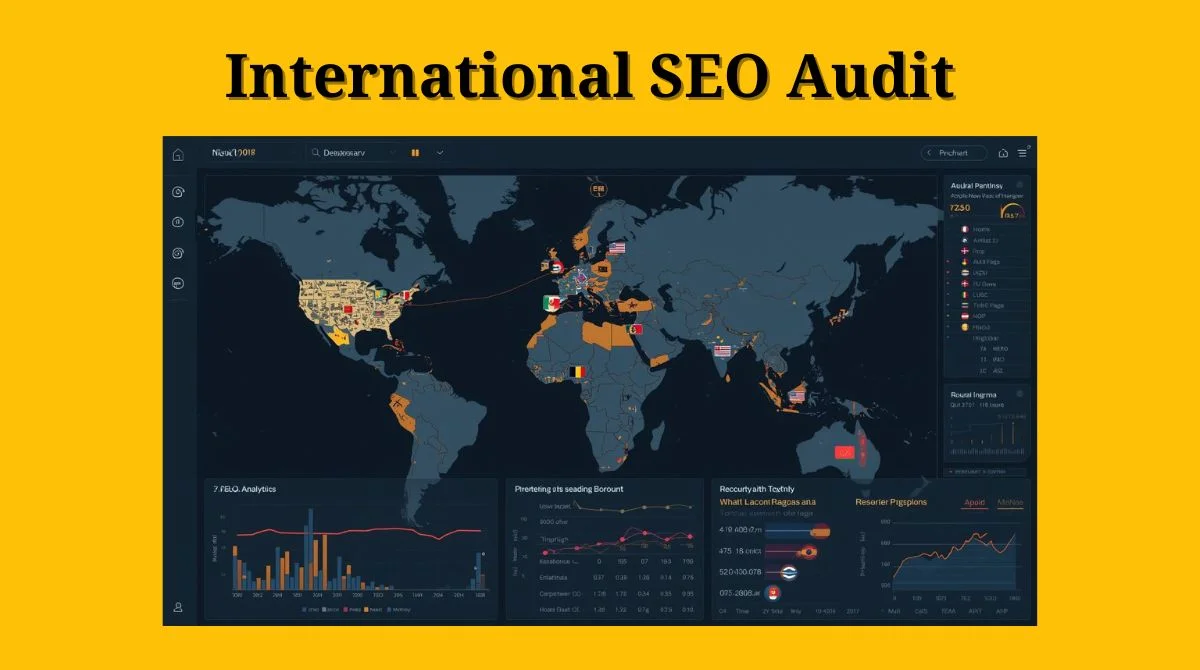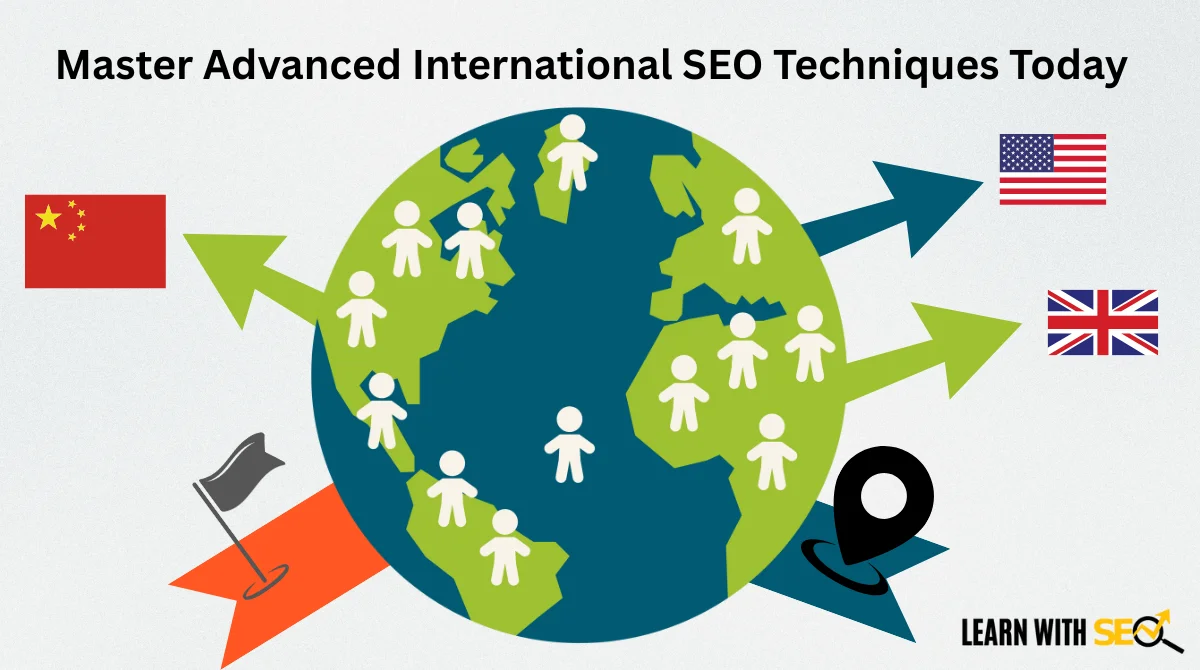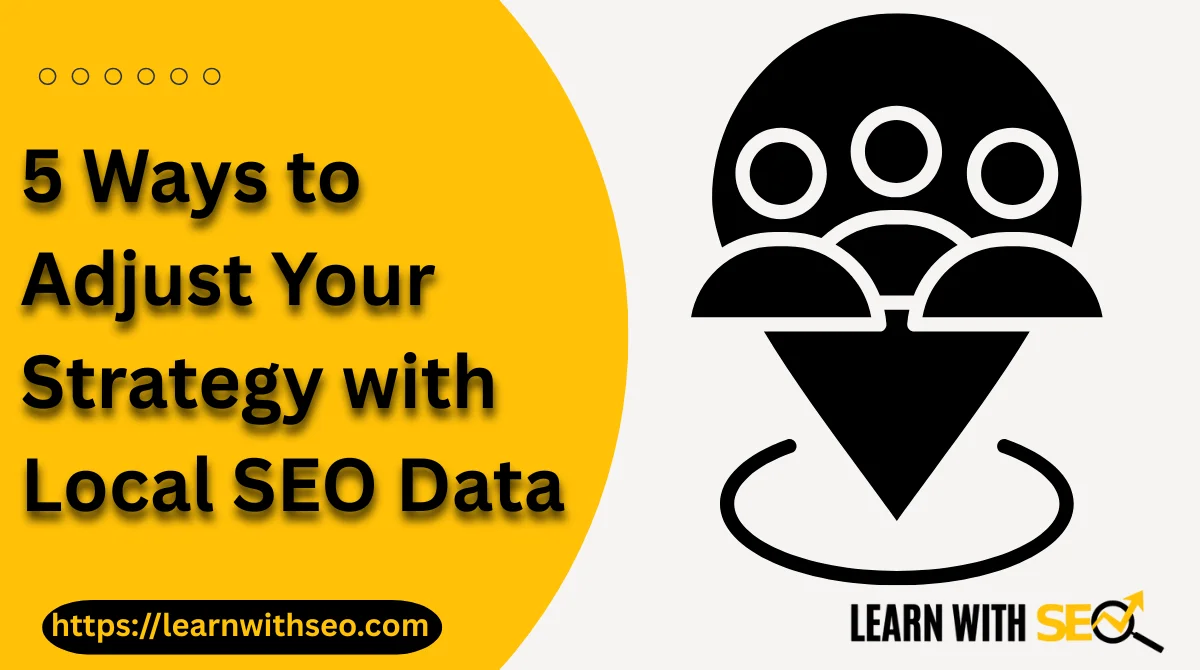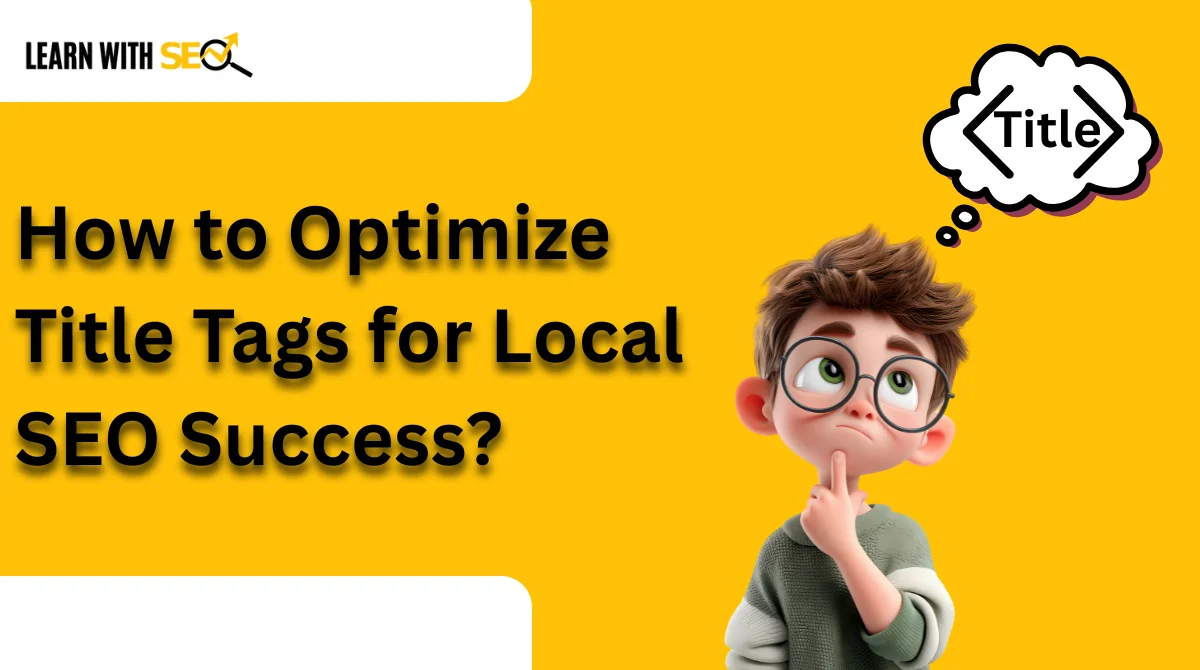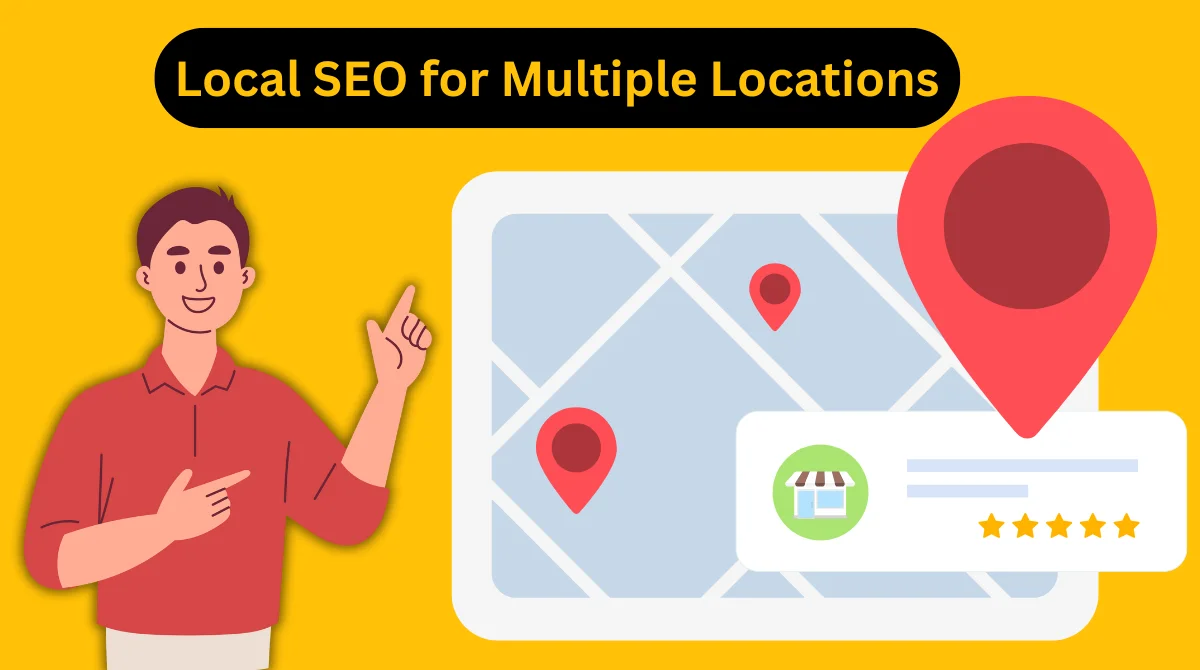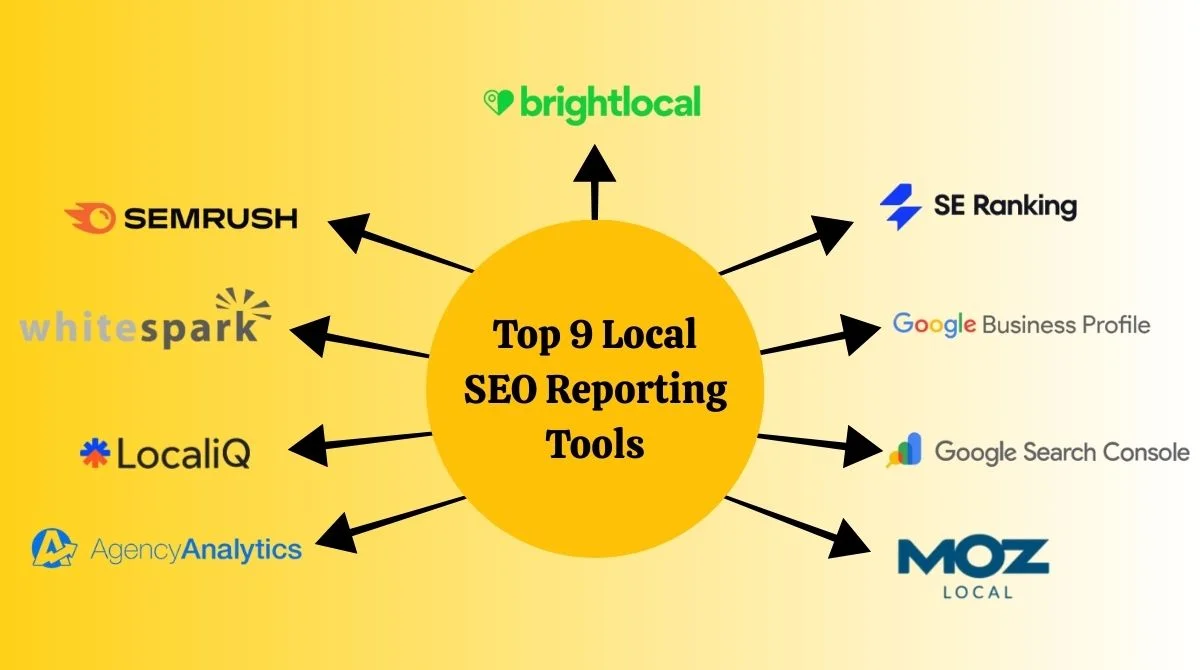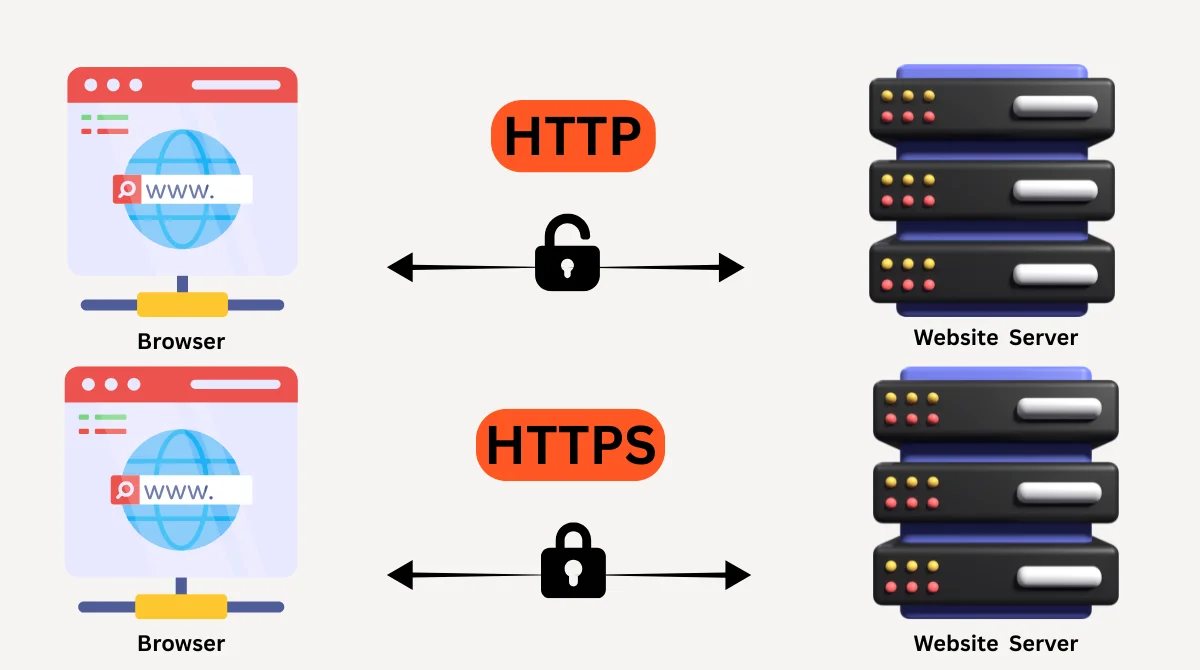Digital marketing goes beyond just running ads or sharing posts on social media. It’s about guiding people from strangers to loyal customers. The digital marketing funnel works like a map, showing how they discover your business, learn, and finally buy. It helps businesses understand customer behavior, plan better, and grow with purpose.
What is a Digital Marketing Funnel?
A digital marketing funnel is a framework that illustrates a customer’s journey, starting from brand awareness and leading to becoming a loyal purchaser. It is called a funnel because the number of people reduces at every stage. Many people may see your ad or post, but only a smaller group will actually buy.
This funnel helps marketers to:
- Understand customer needs at different stages.
- Use the right message at the right time.
- Build trust step by step.
- Increase the chances of conversion.
Simply put, the funnel is a guide that makes your marketing smarter and more organized.
Stages of a Digital Marketing Funnel
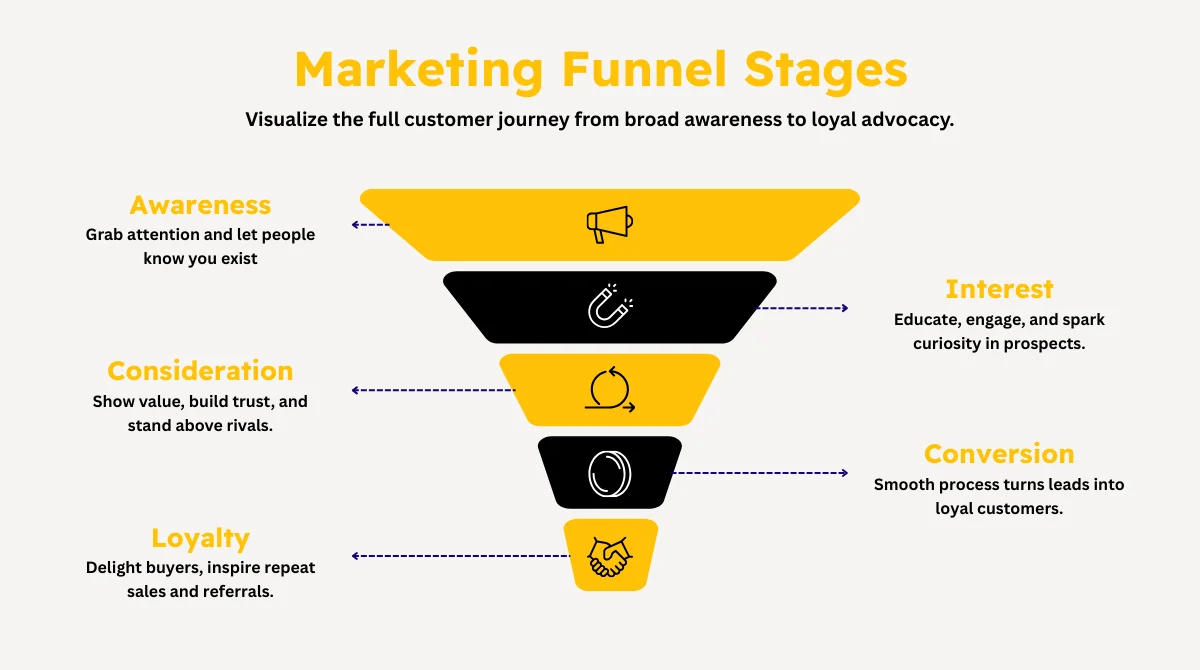
The digital marketing funnel is typically broken down into several stages. Each stage represents a key step in the customer journey, starting from when they first discover your business until they become loyal buyers. Knowing these stages is crucial as it enables marketers to communicate the right message at the right moment. Let’s explore each stage in detail.
1. Awareness The First Impression
The awareness stage is when individuals come across your business for the first time. They may see your ad, come across your blog post on Google, or notice your social media content. At this point, customers usually don’t know much about you or your product.
Your main goal here is to grab attention and let people know that you exist. If you fail to make an impact in this stage, potential customers might never move forward in the funnel.
Effective awareness strategies include:
- Running social media ads to reach a wider audience.
- Publishing SEO-optimized blog posts to rank on Google.
- Creating YouTube videos or reels that explain your niche.
- Sharing useful infographics on platforms like Instagram or LinkedIn.
This stage is about visibility and branding. You are not trying to sell directly; you are simply trying to get noticed.
2. Interest Building Curiosity
Once people know about your brand, some of them will want to learn more. This is the interest stage. At this point, potential customers may visit your website, read more of your blogs, or follow your social media channels.
Your role here is to educate and engage. The content you share should provide real value and help them understand why your product or service could be the right choice.
Ways to generate interest include:
- Offering free guides, eBooks, or resources.
- Sending regular email newsletters with helpful tips.
- Sharing customer reviews and testimonials to build trust.
- Hosting webinars, podcasts, or live Q&A sessions.
Think of this stage as a chance to nurture relationships. Instead of pushing sales, focus on answering questions and showing expertise.
3. Consideration Comparing Options
In the consideration stage, people are no longer strangers. They know their problem and are actively searching for solutions. This is where they begin to compare you with your competitors. Trust and credibility become very important at this level.
Your job is to show why your brand stands out and how your product or service is the best fit.
Strong consideration strategies include:
- Offering free trials or product demos.
- Publishing detailed case studies that highlight results.
- Creating clear comparison charts with competitors.
- Providing excellent customer support to solve doubts.
At this stage, customers are moving closer to a decision. The more confidence you build, the higher your chance of converting them.
4. Conversion Turning Leads into Customers
The conversion stage is the most critical point in the funnel. This is the moment of truth when customers finally decide to buy your product or service. If the process is smooth and reassuring, you will win the customer. If it’s confusing or risky, you may lose them.
Ways to improve conversion include:
- Offering limited-time discounts or promotions.
- Creating a fast and easy checkout process.
- Providing multiple payment options for convenience.
- Using clear call-to-action (CTA) buttons like “Buy Now” or “Start Free Trial”.
Remember, people hesitate before spending money. By removing obstacles and making the buying process safe and easy, you increase conversions significantly.
5. Loyalty Building Long-Term Relationships
The funnel doesn’t end with conversion. A smart marketer knows that the real growth comes from customer loyalty. A happy customer not only buys again but also recommends your business to friends and family.
Loyal customers become your brand ambassadors, which reduces marketing costs and increases revenue.
Best practices to build loyalty include:
- Sending thank-you emails after purchase.
- Creating loyalty or reward programs for repeat buyers.
- Offering excellent customer service and fast responses.
- Staying connected through social media and personalized emails.
The loyalty stage is all about creating a strong bond with your customers so they keep coming back.
Exploring TOFU, MOFU, and BOFU in the Digital Marketing Funnel
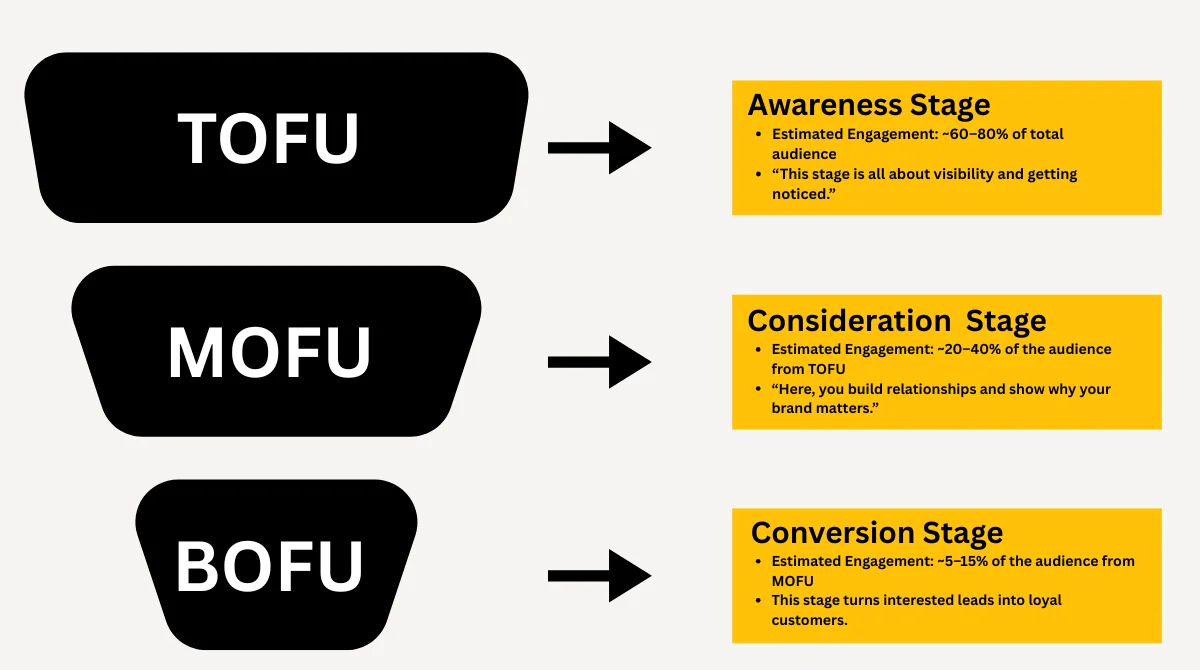
The funnel in digital marketing is commonly split into three core stages: Top of the Funnel (TOFU), Middle of the Funnel (MOFU), and Bottom of the Funnel (BOFU). Each stage reflects a distinct phase of the customer journey and calls for a tailored marketing strategy.
1. Top of the Funnel (TOFU) Awareness Stage
At this point, the focus is on building awareness and connecting with as many people as possible. People may not know about your brand yet, so the focus should be on generating awareness and sparking initial interest.
Best practices at TOFU include:
- Publishing SEO-optimized blog posts and articles.
- Running social media campaigns and ads.
- Creating informative videos and infographics.
- Sharing educational content to attract attention.
2. Middle of the Funnel (MOFU) The Consideration Phase
At this stage, prospects recognize their problem and are actively seeking possible solutions. They are comparing different options, including your brand. The main objective at this level is to build trust and show how your product or service stands out.
Effective MOFU strategies include:
- Offering free resources like guides, webinars, or eBooks.
- Sharing case studies and testimonials.
- Running email nurturing campaigns.
- Providing detailed product or service insights.
3. Bottom of the Funnel (BOFU) The Conversion Phase
This is the decision-making stage where leads are ready to purchase. The role of your marketing here is to remove barriers, address final concerns, and encourage action with clear calls to purchase.
Successful BOFU tactics include:
- Providing free trials or product demos.
- Offering special discounts or limited-time deals.
- Designing a simple and secure checkout process.
- Using strong call-to-action (CTA) buttons.
Why is the Digital Marketing Funnel Important?
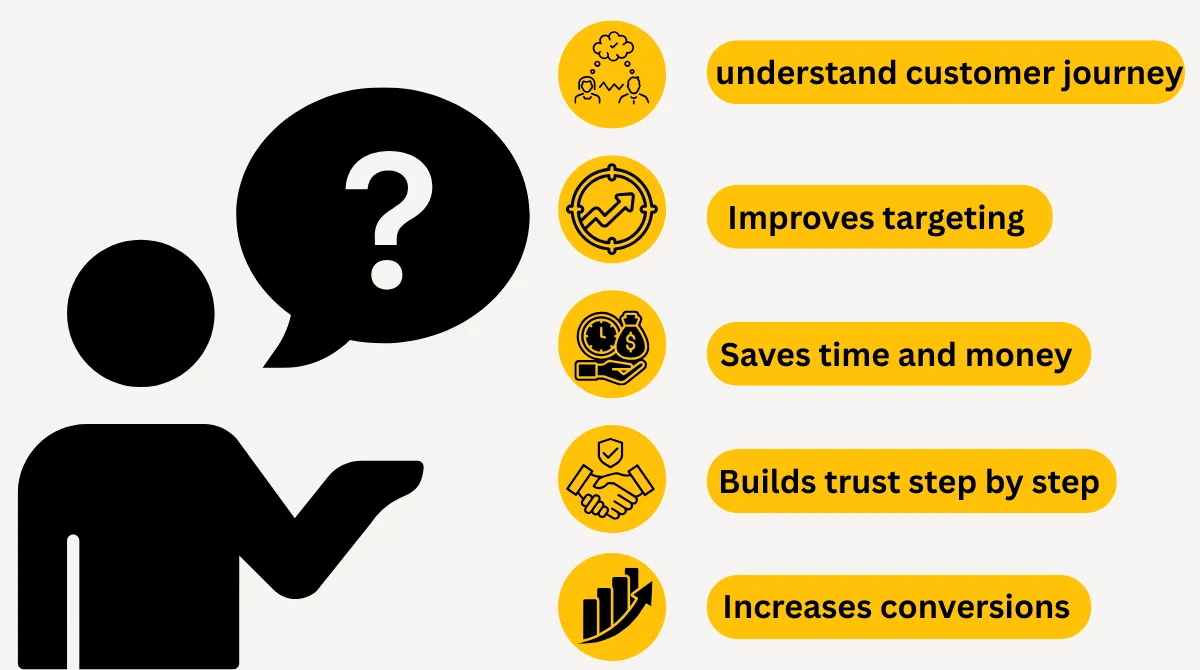
The digital marketing funnel is not just a fancy model. It plays a key role in the success of any business. Here’s why it is so important:
- Helps understand customer journey: You know exactly where your customers are and what they need at each stage.
- Improves targeting: Instead of sending the same message to everyone, you can customize it for each stage.
- Saves time and money: By focusing on the right actions, you avoid wasting resources on random marketing.
- Builds trust step by step: Customers don’t buy instantly. The funnel helps you nurture them until they are ready.
- Increases conversions: A planned funnel guides people smoothly from awareness to purchase.
Without a funnel, your marketing is like shooting arrows in the dark. A funnel offers a clear and organized route to progress.
How to Build a Strong Digital Marketing Funnel?
Now that we know the stages and importance, let’s look at how you can build your own digital marketing funnel.
1. Know Your Audience
The first step is to understand who your customers are. What are their needs, problems, and desires? The more you know about them, the better your funnel will work.
2. Create Valuable Content
Content is the heart of the funnel. Blogs, videos, podcasts, and social media posts all play a role in moving people through the funnel.
3. Use SEO and Ads for Awareness
Search Engine Optimization (SEO) helps people find you on Google. Running paid ads allows you to expand your reach and connect with a broader audience fast. Together, they build awareness.
4. Capture Leads
Once people are interested, don’t let them go. Capture their emails through sign-up forms, free trials, or special offers. This approach helps you maintain ongoing communication with them.
5. Nurture with Emails and Retargeting
Not everyone buys immediately. Use email marketing and retargeting ads to stay on their mind and guide them forward.
6. Optimize Conversion Process
Your checkout process should be easy and stress-free. Too many steps or hidden charges can scare people away.
7. Focus on After-Sales Service
Keep your customers happy even after they buy. Excellent service makes them loyal and turns them into brand ambassadors.
Common Mistakes in Digital Marketing Funnels
Many businesses fail to get results from their funnel because they make some common mistakes. Avoid these:
- Ignoring mobile users and only focusing on desktop users.
- Using too many sales messages without adding value.
- Not tracking performance with tools like Google Analytics.
- Forgetting about existing customers while chasing new ones.
- A complicated checkout process that makes people leave.
By avoiding these mistakes, your funnel will be more effective and bring better results.
Final Thoughts
The digital marketing funnel acts as a roadmap, guiding strangers to become loyal customers. It helps you understand their journey, deliver the right message, and build lasting trust.
In today’s competitive online world, having a strong funnel is not optional; it’s essential. It improves sales, enhances customer experience, and helps your business stand out.

